Who’s afraid of Meret Oppenheim?
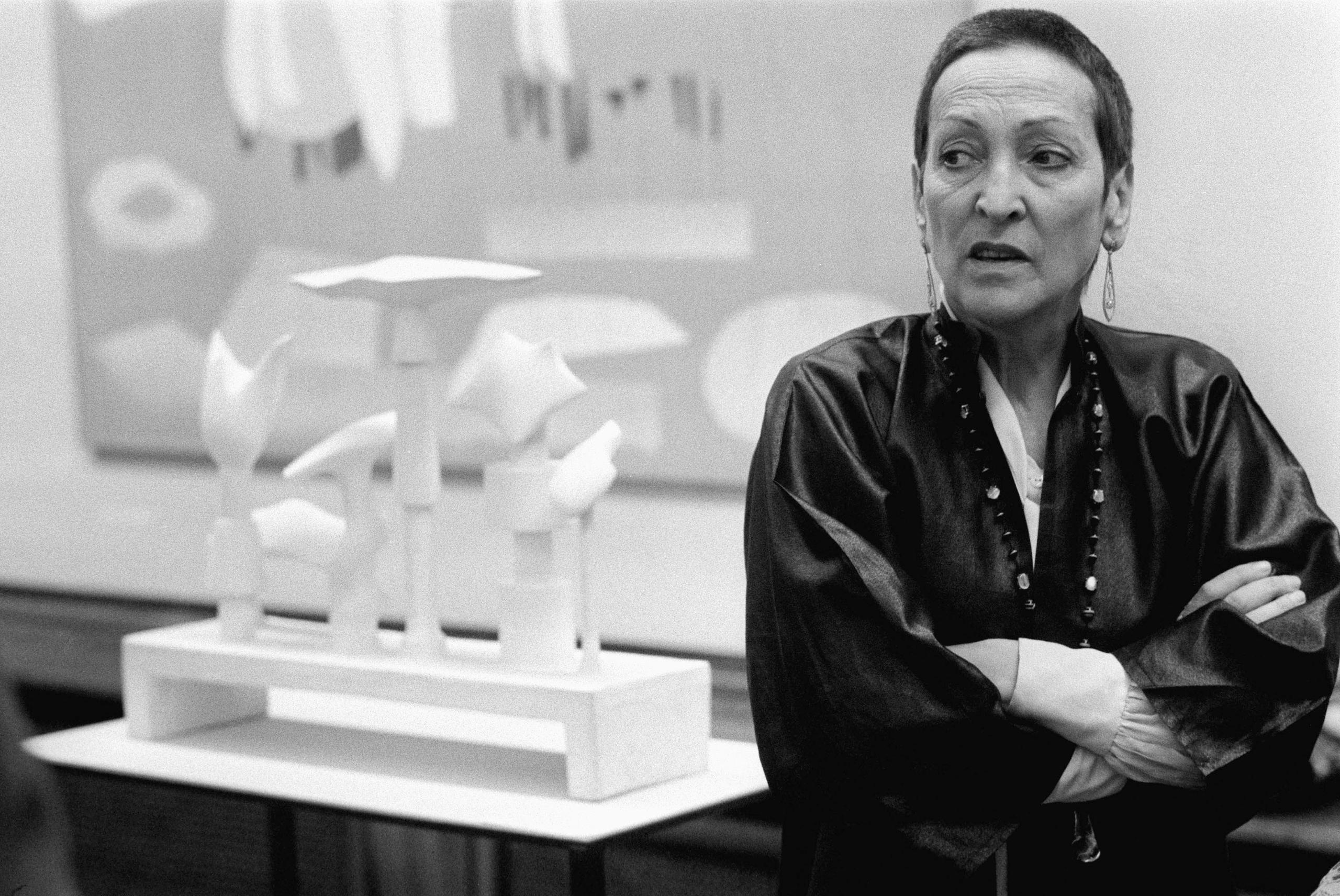
She’s the most established name in the Swiss modernist canon, and a grand retrospective of her work is being shown in Bern before travelling to New York and Houston. But her long struggle for proper recognition among her male peers is still a very contemporary issue.
The last time Meret Oppenheim’s work was displayed in full grandeur was in 1984, just shortly before her death. Almost 40 years later, a new exhibition currently running in the Kunstmuseum BernExternal link is a long overdue homage to her memory. It also reminds us that the issues of gender equality in art institutions, and the struggle for equal recognition, are still very relevant.
The most prestigious Swiss arts awardExternal link takes her name, but in a moment where women’s paltry participation in the arts is questioned, Meret Oppenheim’s stance amid the notably macho environment of Surrealism in the 1930s and the Swiss art scene of her time is the most striking aspect of the show.
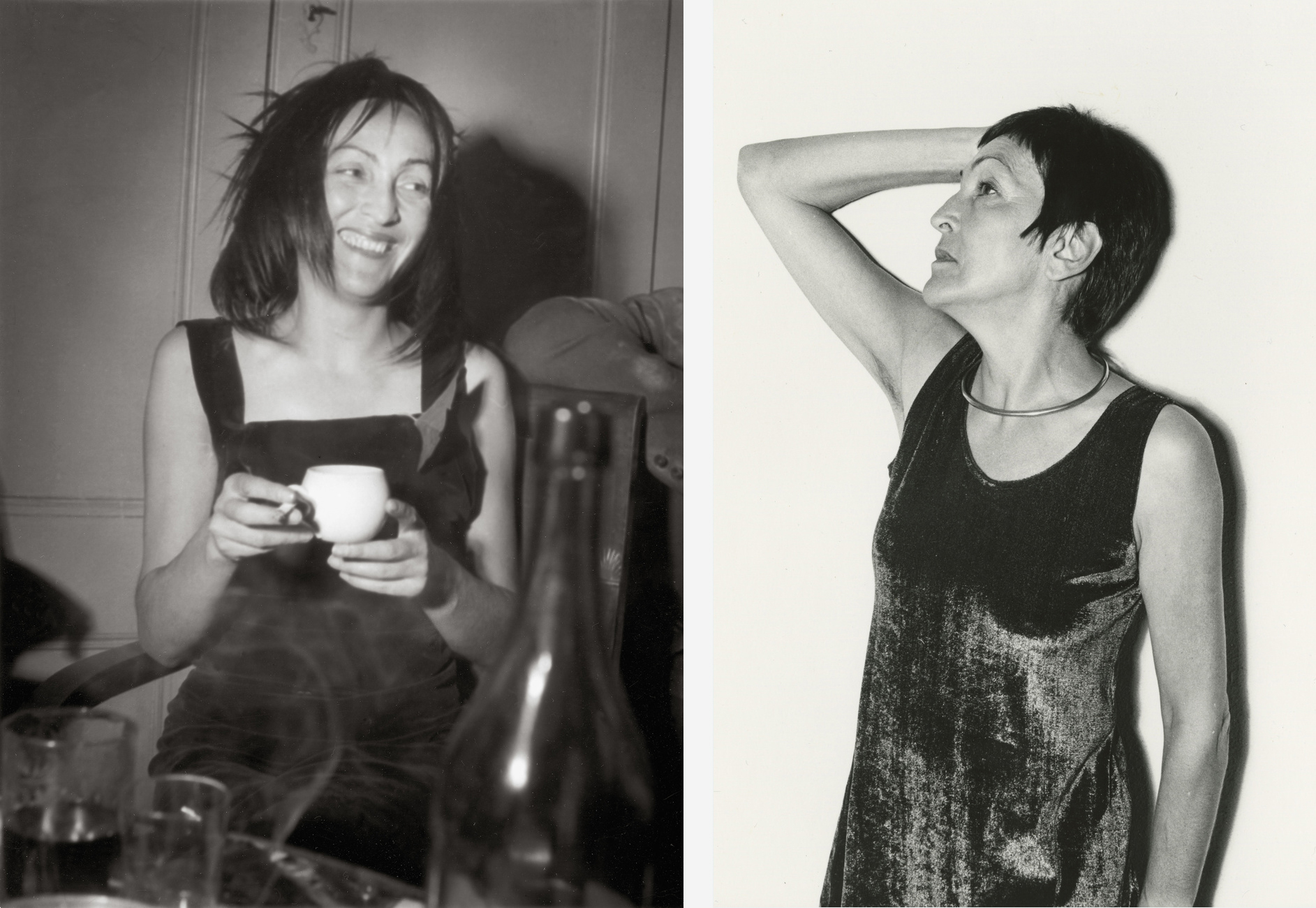
“Mon Exposition” is hailed as the “first transatlantic retrospective” of Meret Oppenheim: after the curtain falls in Bern (13.02.2022), the show will travel to the Menil CollectionExternal link (Houston, Texas) from March till September, and then to the Museum of Modern Art (MoMAExternal link) in New York from November till March 2023. The MoMA exhibition somehow closes a circle: it was the acquisition of Oppenheim’s Objet (Breakfast in Fur) by this museum in 1936 that brought the then 23-year-old artist immediate international recognition.
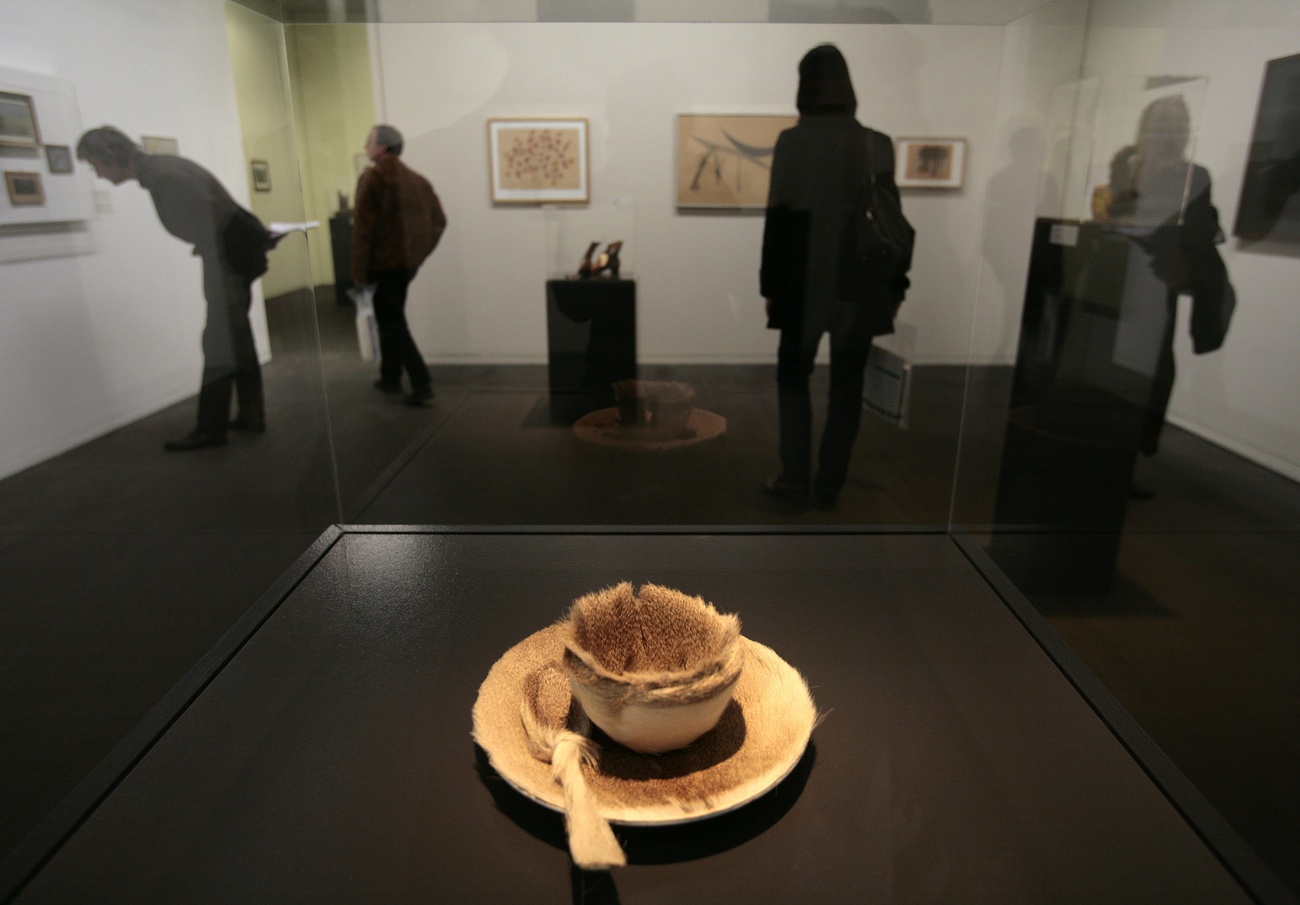
A feminist statement
At the time she still lived in Paris, where she moved to at the age of 18. She soon entered the Surrealist circle and became intimate with the big names of the movement – notably Alberto Giacometti,External linkAndré BretonExternal link, Man RayExternal link, and Max ErnstExternal link. When Oppenheim ended her relationship with Max Ernst, it was arguably the first strong feminist statement within the übermacho Surrealist circle. Art collector Christoph Bürgi, a long-time friend of Oppenheim, told the media at the opening of the exhibition that Max Ernst considered a relationship over only when he so decided. Oppenheim disagreed, and she even created an artwork that cryptically defines their story together – “Husch-husch, der schönste Vokal entleert sich. M.E. par M.O.”, 1934.
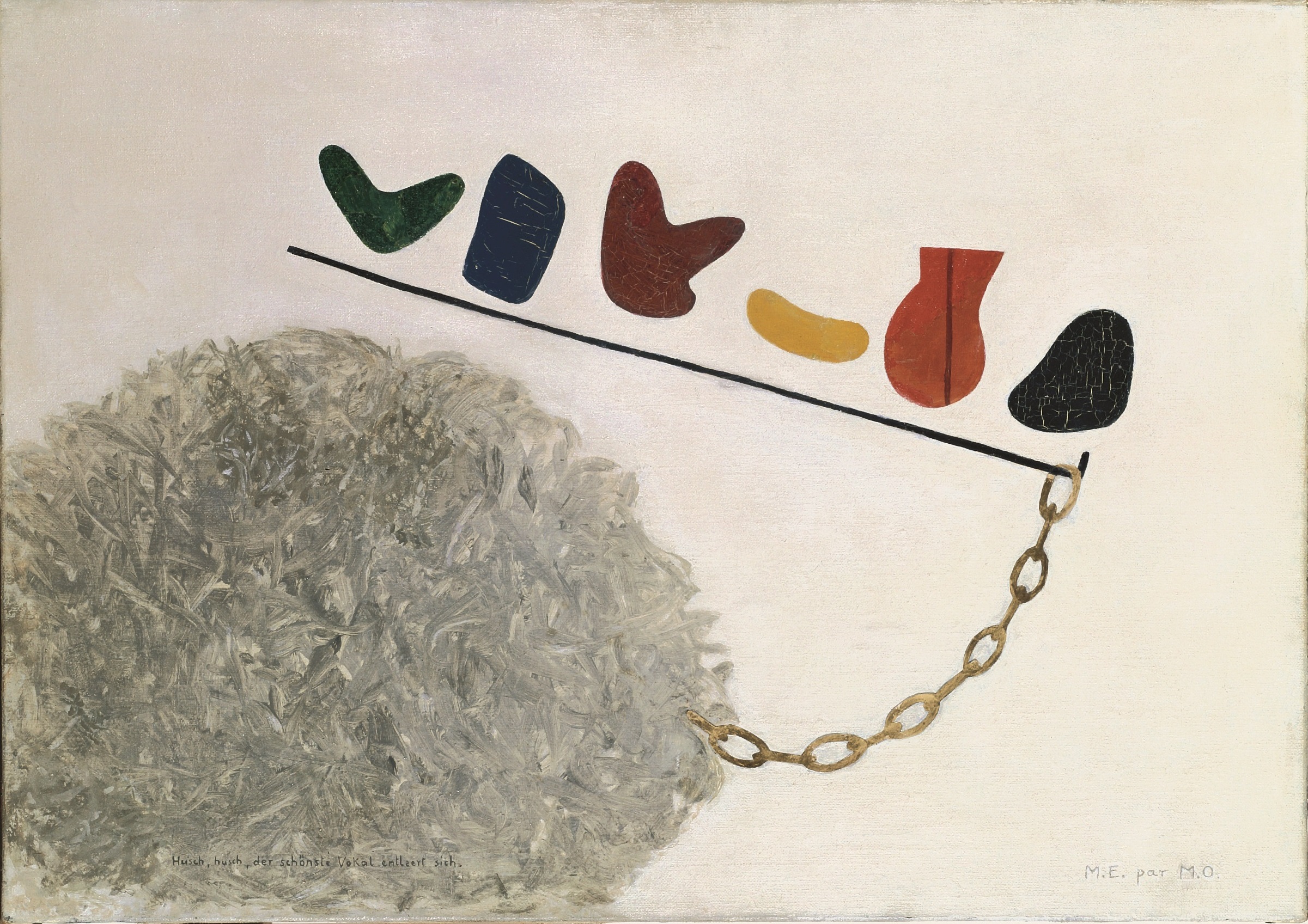
With the Second World War looming, Oppenheim moved to Switzerland, married Wolfgang La Roche, and stumbled into a long-lasting depression. During this time of reflection on her life and career, she gradually broke with the Surrealists and began to find more interest in the younger generation that came of age in the 1960s.
A segment from the archives of the Swiss public television, SRF, dating back to 1963 shows a visit to Oppenheim’s atelier when she started to rise from the lows of the previous decades. She was in a transition from her Surrealist upbringing towards a more individual, self-assured praxis, flirting with Pop artExternal link.
Wild Bern
It may be hard to believe today, but at that time the sedate Swiss capital Bern was becoming the hippest art hub in the country. It was highly attuned to the countercultural centres of Europe and the US. The actions, happenings and exhibitions promoted by the celebrated curator Harald SzeemannExternal link in the Kunsthalle Bern from 1961 to 1969 stirred the pot of pop and conceptual artExternal link, attracted the craziest and most radical minds of that generation, outraged the traditional Bernese society – and eventually cost Szeemann his job. Bern could quietly return to its slumber.
But it was this freewheeling atmosphere that convinced Oppenheim to move to Bern from Basel in 1967, after the death of her husband. Rare footage found in the SRF archives captures a glimpse of the atmosphere of those times: a hip young crowd around Oppenheim in the Café du Commerce (today a Portuguese-Spanish restaurant), the city’s bohemian headquarters. The party later moved to her apartment.
The artistic couple Markus and Monika Raetz, also seen in this footage, were some of Oppenheim’s closest new friends. Markus died last year, but Monika was present in the opening of the exhibition.
“I don’t know if she ever took LSD, but there were many other substances around, And, you know, everybody was taking it,” she said when asked about Oppenheim’s use of mind-altering drugs.
Tripping or not, Oppenheim developed a long friendship with Markus Raetz that was based first on their discussions, practical and conceptual, about the use of different materials. This meant much more than simple shoptalk. In Bern, conceptual art was kicking off, culminating with the landmark Szeemann exhibition “When attitudes become form”, in 1969. In this radical new way of thinking, appreciating, and valuing art, ideas and process were more important, or meaningful, than the finished artwork itself.
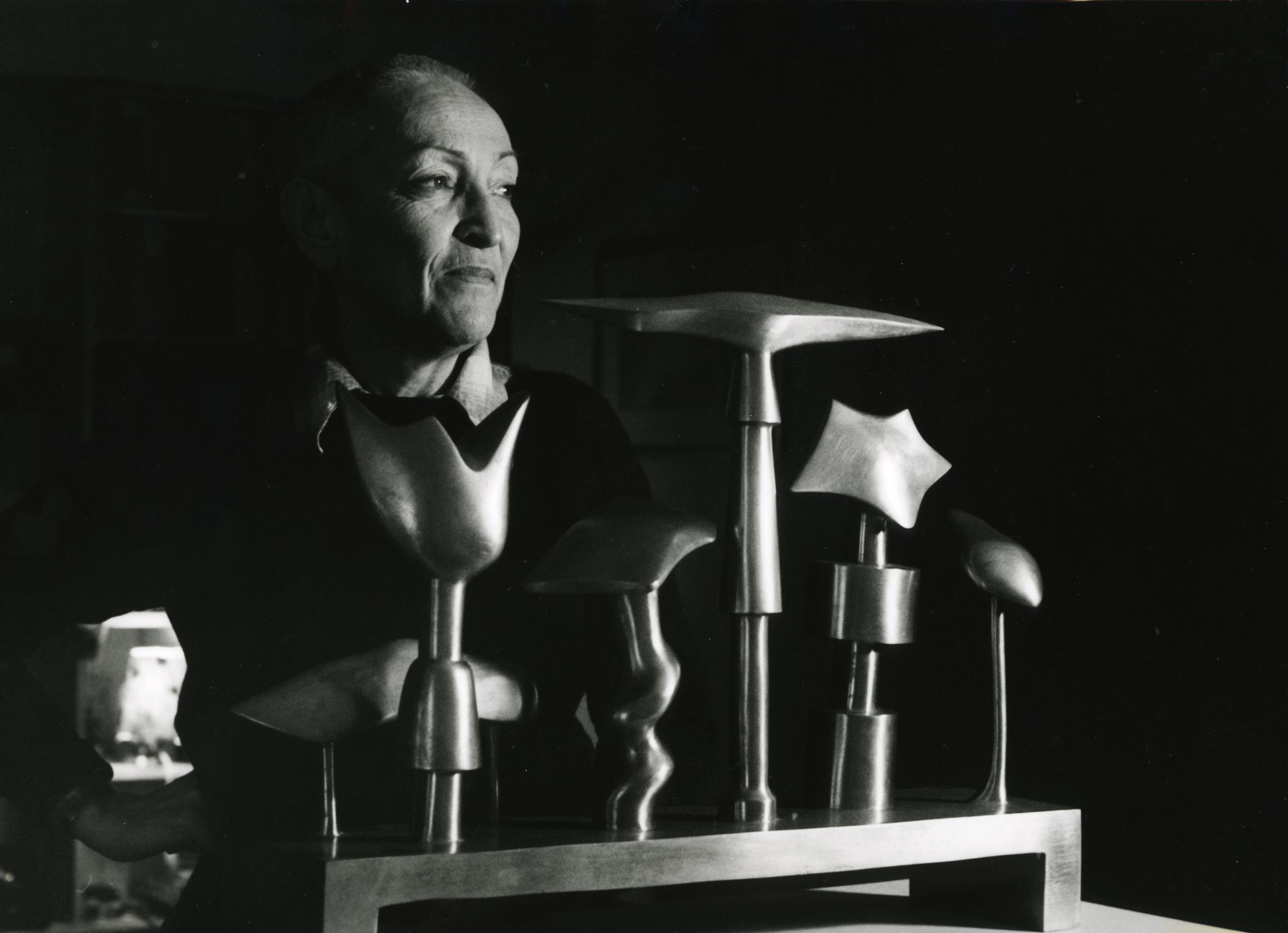
More
Meret Oppenheim
Talking about women’s condition
At that point, more pressing issues were rising beyond the art world, affecting, if not change, then at least another kind of awareness in societal mores. The question of gender equality was still a very complicated subject in the 1970s. It is as if there wasn’t yet a language, or terms of general understanding with which one could speak more fluidly about gender, sex, and equality.
This becomes clear in some outtakes of a video interview made with Oppenheim in 1970 in which the artist struggles to comment on the hurdles of being a female artist. In the first takes, she reads in a cold, dispassionate manner, from an essay she had recently written on the condition of women. In the following sequences, she’s conversing with a journalist, and the gender inequality issue comes up. In three successive takes, Oppenheim abruptly breaks up her train of thought, saying how awful it is to address the matter in a few sentences. “It’s driving me nuts,” she says in the third attempt.
In “Mon Exposition”, the choice of documents on show highlights her positions regarding inequality in the arts. In a letter to Szeemann, turning down an invitation to take part in a female only exhibition, she explains that she hates to be put on the “women artists shelf”. She’s an artist, period.
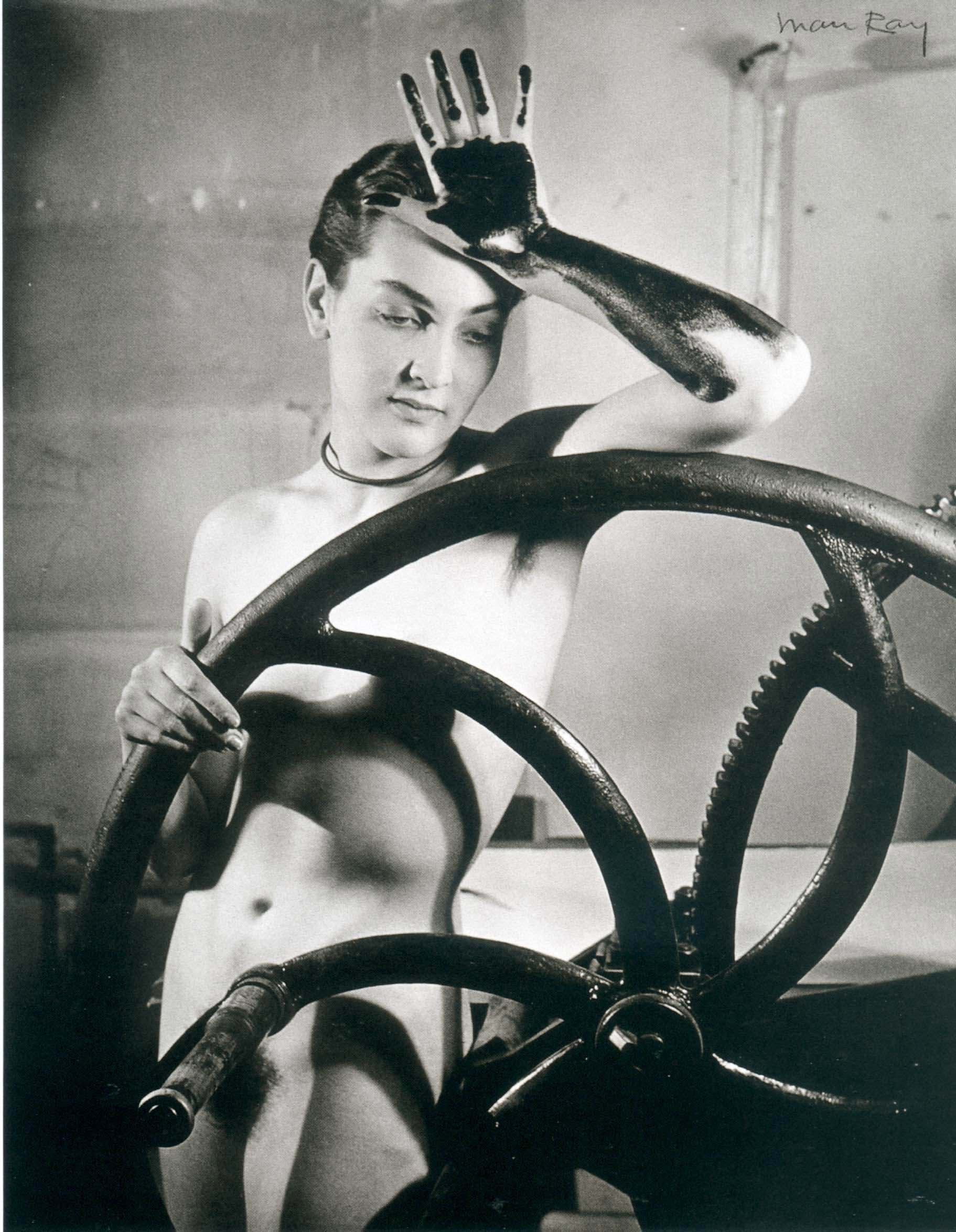
The recognition of more women artists of Oppenheim’s generation as part of the pantheon of great Modernist masters is a very real, though also very recent, outcome of decades of struggle.
The same MoMA that will soon receive Oppenheim’s retrospective is currently showing one of Sophie Taeuber-ArpExternal link’s, a (now) master DadaistExternal link, that was exhibited in Basel until last June. Last year it was the turn of the (now) master abstract- expressionist Lee KrasnerExternal link, who until a short while ago was only known as Jackson PollockExternal link’s wife – and whose first international retrospective also had a showing in Bern. And the title of next year’s Venice Biennale, the Milk of Dreams, is borrowed from a book from the British-Mexican-by-choice Leonora CarringtonExternal link, a (now) master surrealist, contemporary of Oppenheim’s. Women seem to be finally taking the centre stage. If only they were still alive to see it.
Collaborated Renat Künzi (Swiss-German decrypting) and Caroline Honegger (Archives)

In compliance with the JTI standards
More: SWI swissinfo.ch certified by the Journalism Trust Initiative










You can find an overview of ongoing debates with our journalists here . Please join us!
If you want to start a conversation about a topic raised in this article or want to report factual errors, email us at english@swissinfo.ch.